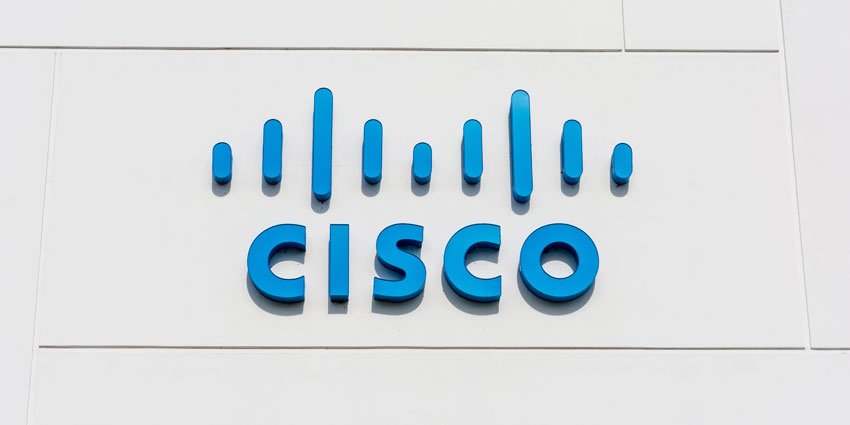While digital transformation in the contact centre continues to bring new levels of convenience to customers and employees alike, the actual experience of interacting with technology frequently lags behind. According to the NTT Global Customer Experience Benchmarking Report 2021, 52% of customers report channels are failing due to limited capabilities. A further 47% report that their queries are being misunderstood or are unable to be resolved. 38% would rather forego the hassle altogether and simply speak to a human being.
Reacting to that perception was the subject of a recent webinar hosted by Calabrio’s Product Evangelist, Dave Hoekstra, and featuring Clare Muscutt, Founder of CMXperience and Women in CX. The webinar was entitled Enhancing Customer and Employee Experiences Through Human-Centred Design.
There is a fundamental disconnect between consumer and business perception of the customer experience. The aforementioned research showed that 75% of businesses are happy with the customer experience of digital channels, compared to the 35% of consumers. A poll conducted during the course of the webinar found that 62% of those attending believed it is now harder to get queries resolved as a result of digital customer service. What are the mistakes being made leading to this mismatch?
After-effects of the Pandemic
Clare Muscutt believes the Pandemic forced organisations to make quick decisions which have resulted

in awkward compromises. This has led to a gap between corporate and human expectations.
While the digital transformation efforts companies made in response to the pandemic may have decreased costs and increased profitability, they have frequently left customers and employees behind. According to Muscutt, “Customer and employee experiences that, on paper, look really good, in reality, aren’t hitting the mark. The question we should be asking is: ‘how can we add more value and deliver great results by finding win-wins for customers and employees that have a positive business impact as well?’” Indeed, another poll conducted during the webinar found that only 8% consider themselves to have undergone a successful CX digital transformation – with 43% saying their digital transformation was facing problems.
Human-Centred Design
Muscutt champions human-centred digital transformation design as the solution to this quandary. “We can unify the business around customer and employee experiences that break down the barriers and silos between teams, then create a new future where everything works really well for everybody – including the business.”
The human-centred design encourages collaboration and involves listening to stakeholders and involving them in the process to create a shared vision for the whole business about what customer experience should look like. By involving all stakeholders at an early stage, the aim should be to build systems that work for everybody.
“The goal is to try to find something that makes employees’ lives easier while making what customers need to achieve simpler, easier and faster. This will mean, less cost and better efficiency at the same time. What we’re looking for is low-cost, low-complexity, quick-win ideas that have a high impact,” continues Muscutt.
Finding those diamonds in the rough requires starting from the correct principles. “You need to first define the target experiences that you want to deliver in the future – the ones that your customers and employees need from you,” says Muscutt. “Because then, quite simply, if you understand where you are today, and where you want to get to, it is just a process of reverse engineering to get to that point.” Following that process to design the target experience means avoiding costly mistakes and problematic experiences precisely because it enables companies to build the required business capabilities required to deliver the desired results.
Achieving new ways of working through human-centred design can also have a significant impact on brand perception, particularly as consumers are becoming increasingly conscious of how businesses behave. “What I’m advocating is not just thinking about beautiful, shiny experiences that have no commercial benefit,” says Muscutt. “Organisations should consider who they are, what they stand for, what the values, goals and culture of the organisation are to inform what we offer that nobody else would.”
Mapping the Customer Journey
Part of the key to success is finding a way to map the existing customer journey. One of the challenges with digital-first customer service is that an organisation might never find out where the problems are because a lot of the channels, now available, make it really difficult to give feedback.
To remedy that, Muscutt advocates going out and talking to customers, examining existing data, and recruiting customers to talk about their experience. “I often find talking to those who complain the most is a valuable source of knowledge. With customers that have escalated a complaint, it is essential to go back and really understand why that happened and what caused their frustration.”
In the same vein, it’s useful to hold focus groups or forums with employees to understand what their challenges are and what is getting in the way of delivering great service. “I don’t think employees get listened to enough – especially in the contact centre,” says Muscutt. Listening to workers means bringing people together from all the divisions that a customer journey impacts in order to map out touchpoints and pain points – as well as who owns them – in order to uncover opportunities to do things differently. “That is a great way to identify how things can be improved and is an amazing way to engage people in the customer experience journey and make it real,” adds Muscutt.
It’s only by harnessing the data that already exists about the customer journey that CX within an organisation can be iterated upon and transformed. Muscutt concludes: “Digital transformation starts with employees and customers. Keep it simple. Focus on removing barriers to purchase and reducing barriers to digital adoption. Concentrate on creating value and taking action, not just hypothesising. Break down silos and early results will soon get the buy-in from senior stakeholders required to continue the process.”
Go here to watch the webinar in full and start putting a more human-centred approach into action.







